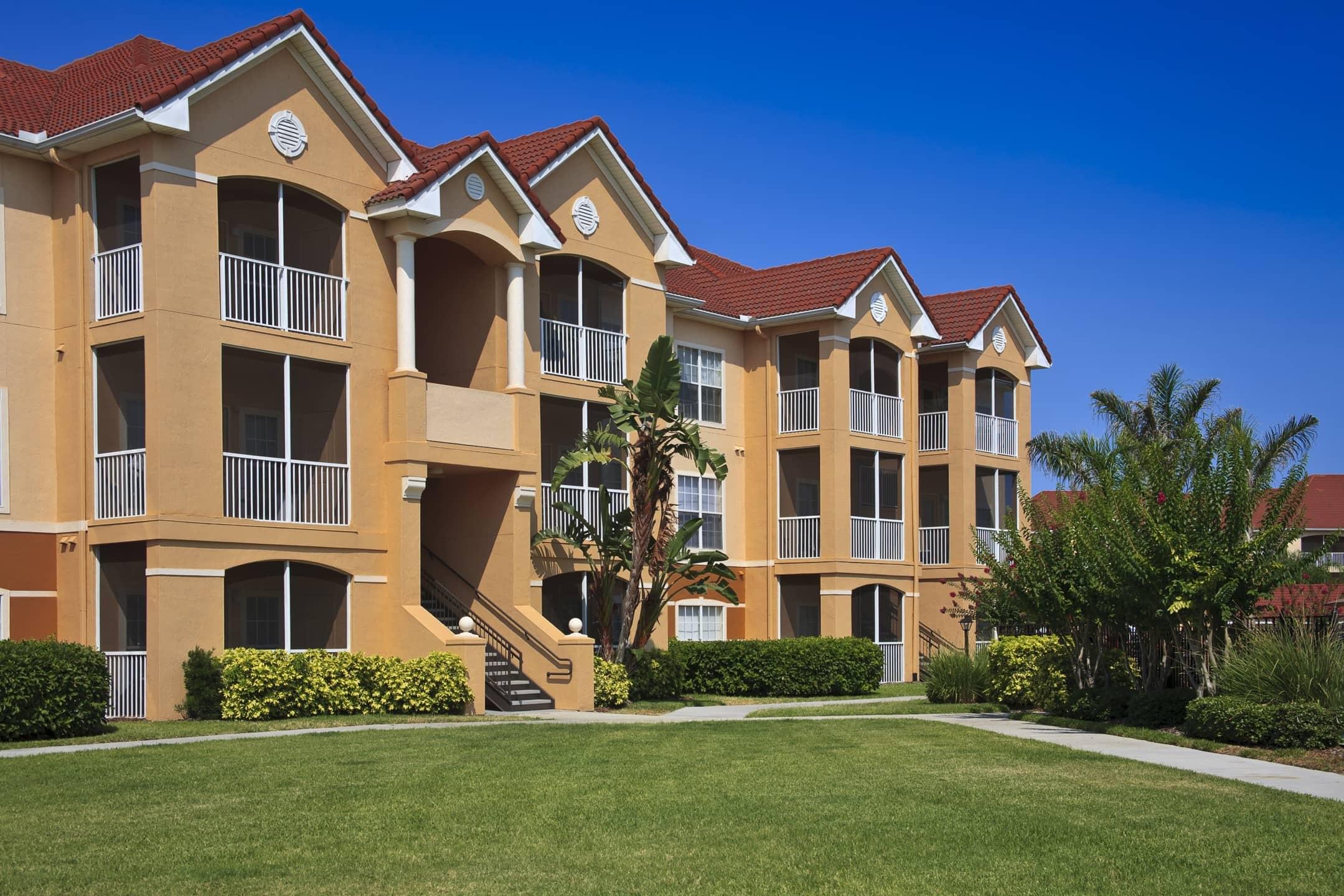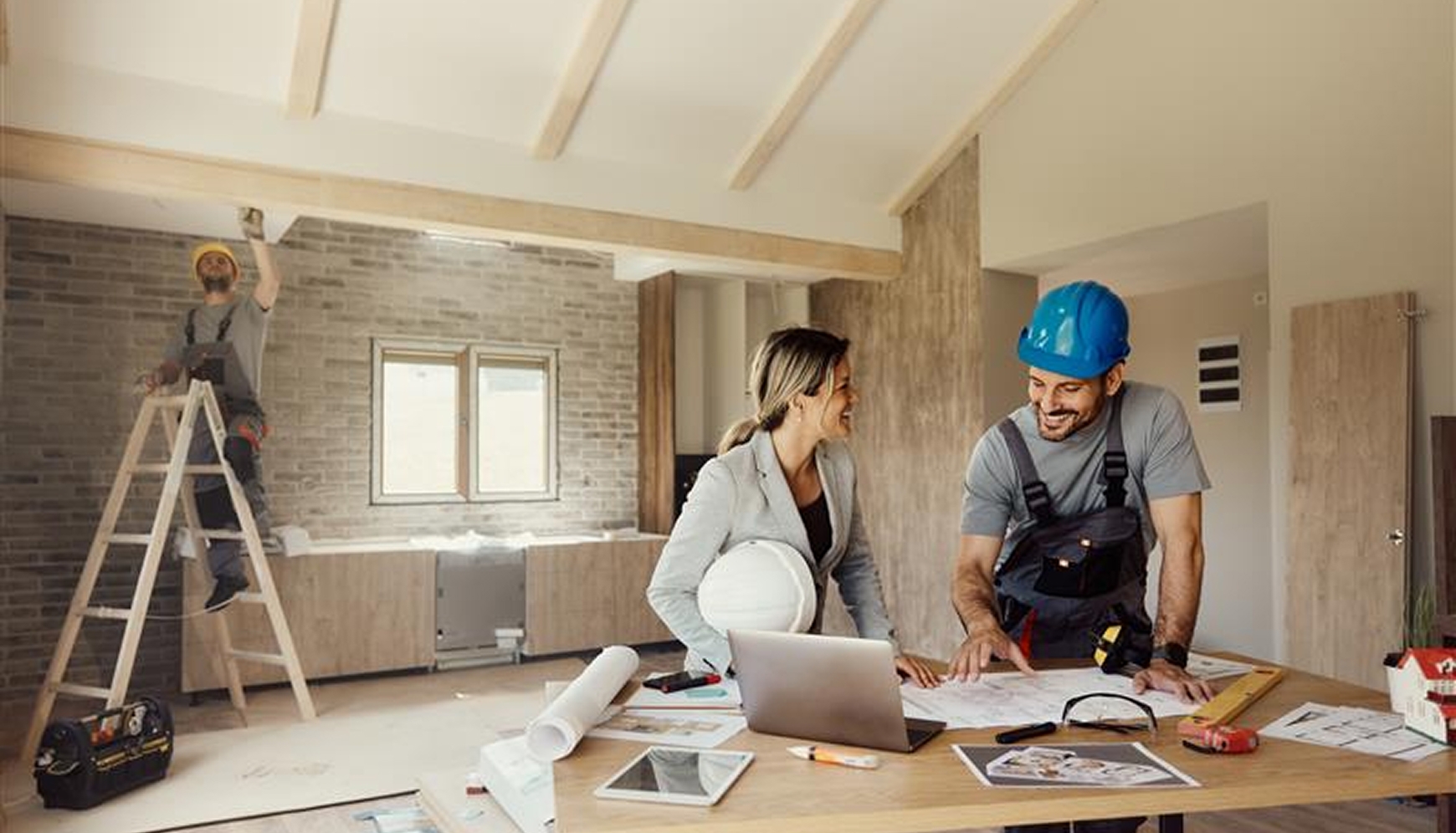The average cost to build a house

According to by the National Association of Home Builders (NAHB), the average cost of construction for a single-family home was $428,215 in 2024.
Finding the perfect home on the real estate market can prove difficult. If you can’t find what you are already looking for in a home, the next best option might be to build the home of your dreams.
Before you start building the house you want, make sure you know how to get the loan to build it and have broken down where your money is going.
Already broken down the costs and ready to get a loan so you can start building your dream home?
Average cost to build a house by size
According to the NAHB, on average it will cost you $428,215 to build a single-family home of 2,647 square feet. This comes out to be about $162 per square foot of finished floor space for a single-family home.
Cost breakdown of building a house
Taking advantage of data from the NAHB report, you can break up the cost of building your new home into the steps below:
Site work
After you have the land your house is going to sit on, you can start planning your home construction.
The first step in construction will be to get all the required permits and inspections. This will cost you a little under 8% of your overall construction cost. This cost mostly goes toward your building permits, impact fee, water and sewer inspections, and any architecture or engineering fees.
While this might seem like a lot for little to no visual progress, it is really the most important step and will be the foundation of your new home.
Foundation
Once your land has all the proper permits and passed all the inspections, it is time to start building.
At this point, the contractors you hired will come out to dig on your land and add the foundation of your home. Foundations for homes are normally concrete, but you have other options. Make sure you do research and see what kind of foundation is best for your home and budget.
This step will cost about 10.5% of your total construction budget.
Framing
Now that your home has a solid base, it is time to start building it up.
The frame of your home, which includes floors, ceilings and walls, is typically made of wood or steel and will be under 17% of your construction cost.
Exterior finishes
Exterior finishes are everything you see when driving up to a home: the roofing, windows, doors and outside walls.
These are not only the first things that anyone driving up to your home will see, but the first glimpse of what your finished dream home is going to look like. Total, this will be a little more than 13% of your construction budget.
System installations
For your house to be livable, you will need professionals to connect systems like plumbing, electricity and heating, ventilation and air conditioning (HVAC).
Though this is a little more than 19% of your cost, it does not include any fixtures such as toilets, sinks or lighting.
Interior finishes
This is the step that most people are excited about, as they get to watch the interior of their space transform from a frame into the dream home they will live in.
For your interior finishes, the insulation will be put in and the drywall will be put up. Then you will pick out your doors, cabinets, countertops, floor, appliances, fixtures and paint.
Interior finishes will be where you see around a quarter of your budget going, about 24% of total construction cost.
Final additions
Final additions will include any additional cost that you may want and can increase your home’s curb appeal.
These costs are typically for landscaping, patios, in-ground pools or anything else you think your home is missing. In some cases, these costs can also be used for clean ups left after building.
All of these will be the remaining amount of your construction costs.
Factors that affect cost
The biggest factor that will add to the cost of building a home is purchasing the plot of land you will build your dream home on. This is something you will have to do before any building or site work can be done and is not included in the NAHB estimate.
Other factors that can increase typical building costs come from any special materials you request to be used when building.
How to get a loan to build a house
Like getting any other kind of loan, the first thing you will want to do is talk with a lender to see if they have, or you qualify for, a .
Lenders may have stricter rules and regulations when it comes to construction loans than what you might not have with other mortgage products. You will still need to share your credit score, debt-to-income ratio and any assets you have with lenders, but they will also want to see a detailed layout of your home building plan before agreeing to loan you any money.
One thing to know when looking for a loan to build a house is that your down payment options won’t go below 20% unless you qualify for VA or FHA loans. VA loans offer zero-down-payment options when building a home, and your down payment options with FHA loans can be as little as 3.5%. But not all lenders approve government loans to build a new house, so make sure you do your research, talk to several lenders and see what is out there.
Ready for a loan to start building your dream home?
Rate, Inc. has no affiliation with any government agency.




